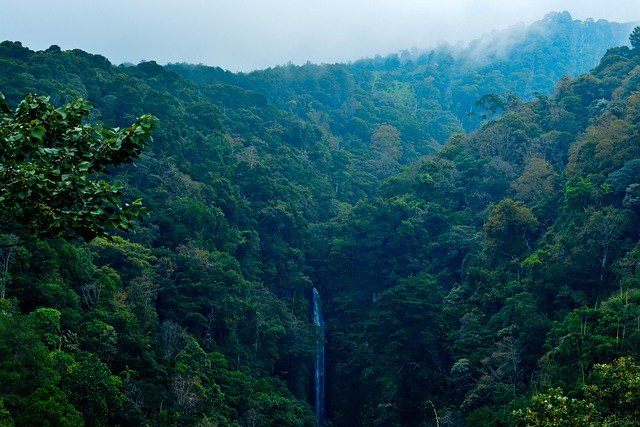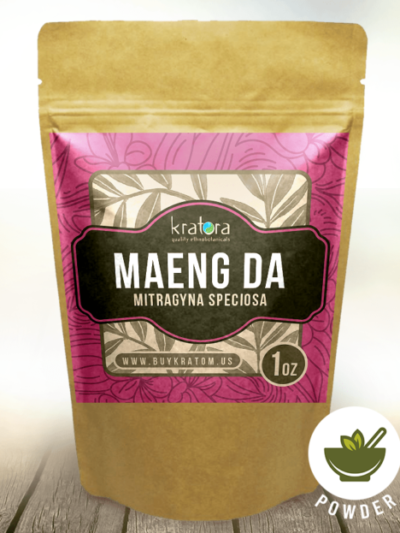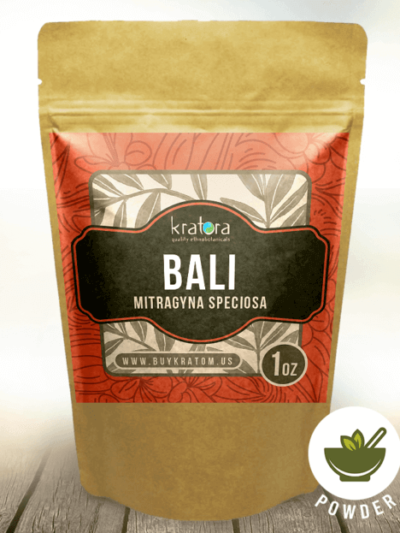When growers harvest kratom has a significant impact on the final product. The kratom tree experiences chemical shifts over its life cycle, and factors like harvest season, soil quality, and maturity can further affect the alkaloid profile in the end result. Kratom growers have to understand this fascinating plant in-depth in order to harvest the correct leaves at the correct times.
Understanding how kratom varies is key to choosing the right kratom product for you. Here, we’ll delve into the details of harvesting kratom so you can appreciate this incredible plant as much as we do!

Where the Kratom Plant Grows Makes a Difference
The kratom tree is native to Southeast Asia, and grows in tropical climates — warmth, humidity, mineral-rich soil, and plenty of sunshine sustain the evergreen kratom plant year-round.
These climates do not experience strong seasonal changes that cause the plant to go dormant; however, most of the countries kratom grows well in have a wet and dry season. The constant, heavy rains and acidic soil make kratom plants thrive in this environment.
While you might suspect that the best time to harvest kratom is in the wet season, the opposite is usually true. Harvesting kratom usually takes place at the end of the dry season, because the leaves have reached higher alkaloid levels. In fact, when the kratom harvest takes place is almost entirely dependent upon alkaloid levels — and the maturity of the tree plays a huge role, too.
It All Comes Down to alkaloids
Alkaloids are the primary active ingredients in Mitragyna Speciosa (kratom). The balance of alkaloid levels in kratom leaves will ultimately determine its potency and profile.
The primary alkaloids in kratom are Mitragynine and 7-Hydroxymitragynine, and the balance of these two alkaloids shifts as the kratom leaves mature. Both alkaloids can vary according to the strain of kratom, where it is produced, and an individual’s personal reaction to the herb’s aroma.
- Mitragynine can soothe day-to-day discomfort, ease worry, stimulate hunger, and more. In low amounts, it can have a stimulating aroma, and in high quantities, it can be soothing.
- 7-Hydroxymitragynine is an oxidized derivative of mitragynine, usually found in much lower quantities. It has the same general effects as mitragynine, but it is considered to be more potent. In very general terms, the more a kratom leaf matures, the more 7-hydroxymitragynine it will contain relative to mitragynine.
Extra note: A new kratom plant does not start producing a significant amount of alkaloids until the end of its first maturity cycle, which is typically about one year. If you plan on harvesting kratom yourself, you should wait at least one year for your plant to reach peak maturity. Some growers say you should wait up to three years. The process of growing and harvesting your own kratom is significantly involved, requires a lot of space, and is a challenging undertaking.
How the Alkaloid Profile Changes with the Maturity Cycle
If you’ve dabbled in kratom before, chances are you’ve seen the terms white-vein, green-vein, and red-vein kratom. The color has little to do with the kratom plant, processing, or farming methods: it has everything to do with maturity. The color of the stems and veins of the kratom leaf reflects the alkaloid profile it contains.
- White-Vein Kratom: White-vein kratom is the earliest possible maturity at which it is viable for harvesting. Kratom strains with white-veins typically have the highest ratio of mitragynine to 7-hydroxymitragynine, and are highly sought after by those who prefer the effects of mitragynine.
- Green Kratom: This strain of kratom is at the midpoint of its maturity cycle, thus, it will have the strongest balance between 7-hydroxymitragynine and mitragynine levels. The exact quantities of the alkaloid balance in green-vein kratom can vary widely according to season, farm, soil quality, farming practices, and many other factors.
- Red-Vein Kratom: Red-vein kratom is at the end of its maturity cycle, and it contains the highest levels of 7-hydroxymitragynine compared to other strains of kratom. As such, red-vein kratom is arguably the most potent and most popular of all kratom strains, known for its potency and rich, mellow aroma.
Quality Matters
The quality of the kratom plant has everything to do with potency and efficacy. When it comes to harvesting kratom, none of the above factors matter quite as much as the quality of the plant itself!
What makes a kratom plant high-quality?
- Grown with sustainable practices that prioritize the long-term life and health of the tree
- Grown using no pesticides, herbicides, or other harsh chemicals
- Grown with respect to the land and its climate, honoring traditional kratom harvest practices and knowledge
No matter what kratom product you choose, the only way to properly assess its safety and potency is with a Certificate of Analysis. At Kratora, all of our kratom products undergo stringent third-party lab testing for this certificate so you can ensure your product contains no harsh chemicals or additives. Certificates of Analysis are a great way for you to assess what mitragynine and 7-hydroxymitragynine balance is ideal for you.
Experience kratom for yourself
-
Energy
Maeng Da Kratom Powder
From $19.99 Shop Now This product has multiple variants. The options may be chosen on the product page Quick View -
Relaxing
Premium Commercial Bali Kratom Powder
From $12.99 Shop Now This product has multiple variants. The options may be chosen on the product page Quick View -
Energy
White Vein Borneo Kratom
From $11.99 Shop Now This product has multiple variants. The options may be chosen on the product page Quick View -
Relaxing
Thai Red Vein Kratom
From $14.99 Shop Now This product has multiple variants. The options may be chosen on the product page Quick View -
Energy
Green Malay Kratom Powder
From $12.99 Shop Now This product has multiple variants. The options may be chosen on the product page Quick View
There is no “undisputed best” amongst white-vein, green-vein, and red-vein kratom strains. Ultimately, the type of kratom you enjoy comes down to personal preference. We highly recommend trying kratom from a range of strains so you can experience the right effects, whether that’s mood enhancement, relieving worry, or an energy boost.
Only time and experience can truly help you discover what kratom is right for you. We hope this information about harvesting kratom can help nudge you in the right direction!
Please note that the US FDA has not approved kratom to be sold for human consumption, sold for external use only. The statements in this article have not been evaluated by the FDA. None of the products sold on our website are intended to diagnose, treat, cure, or prevent any disease or medical condition.
Want to learn more about kratom quality and value? Start here:
Why Buying Cheap Kratom Can Be Dangerous








At the start of this ad/info page under ‘Maturity Matters’, it was stated that red veined leaves are at midpoint of maturity and green vein is the final stage of leaf maturity having the highest degree of 7-hydroxymitragynine potency. This information seems to have been corrected as later down the page it states red veined leaves have final maturity and allowing for the highest potency and green vein is midpoint maturity.
Although mistakes can be made in the editing processes, It is important basic information regarding kratom be consistent and clear. Confusion over the many and varied advertising names, hues of color and basic strains involving Kratom products today is common.